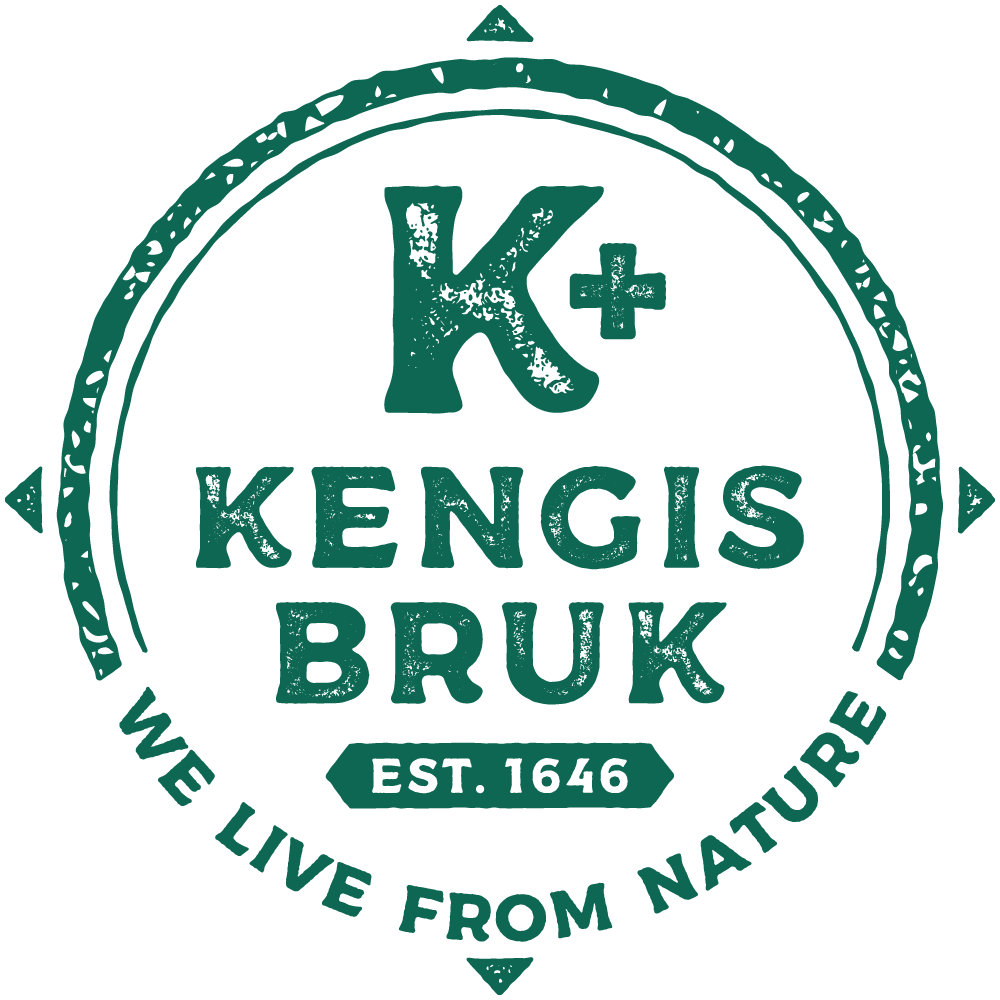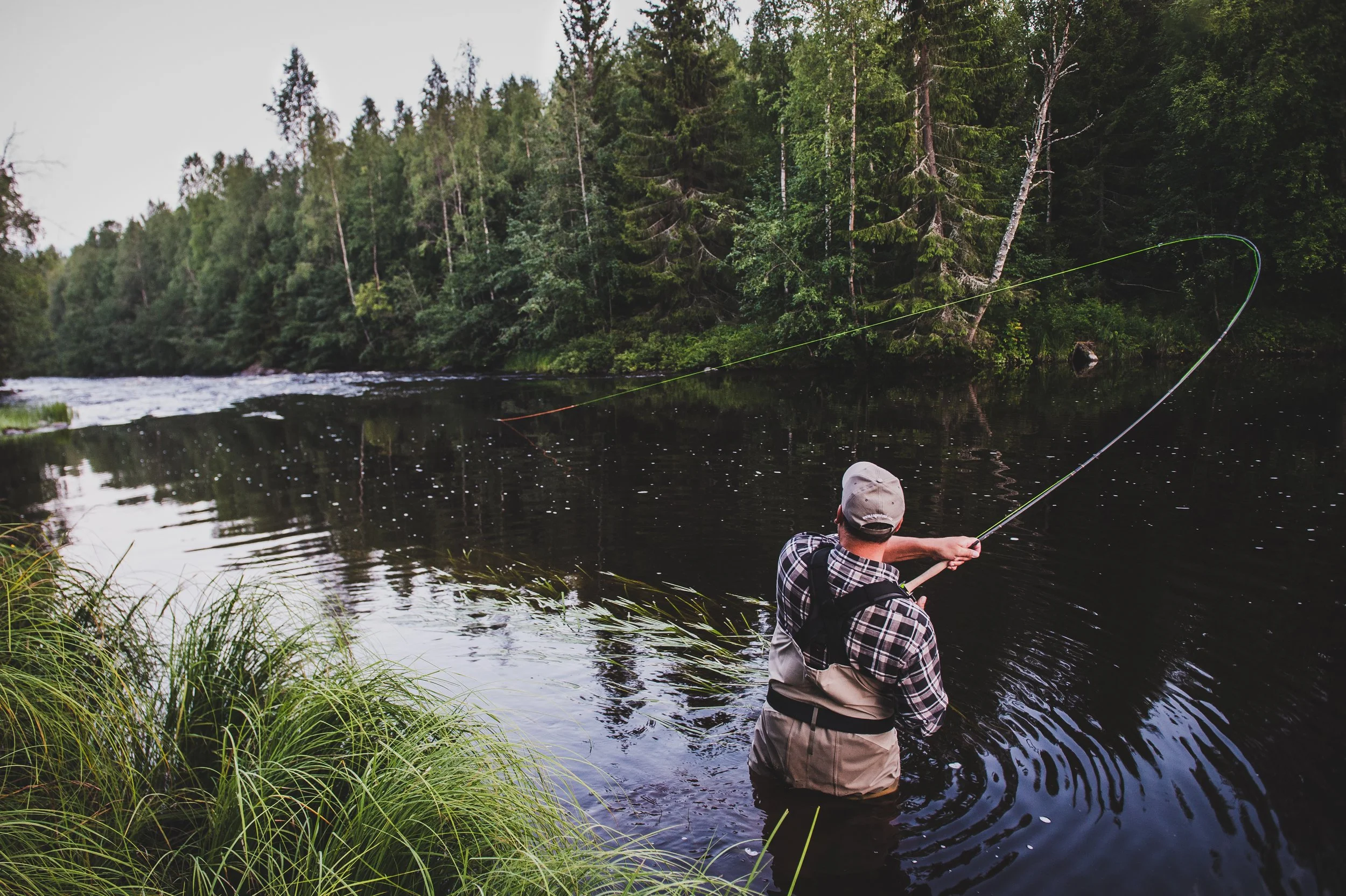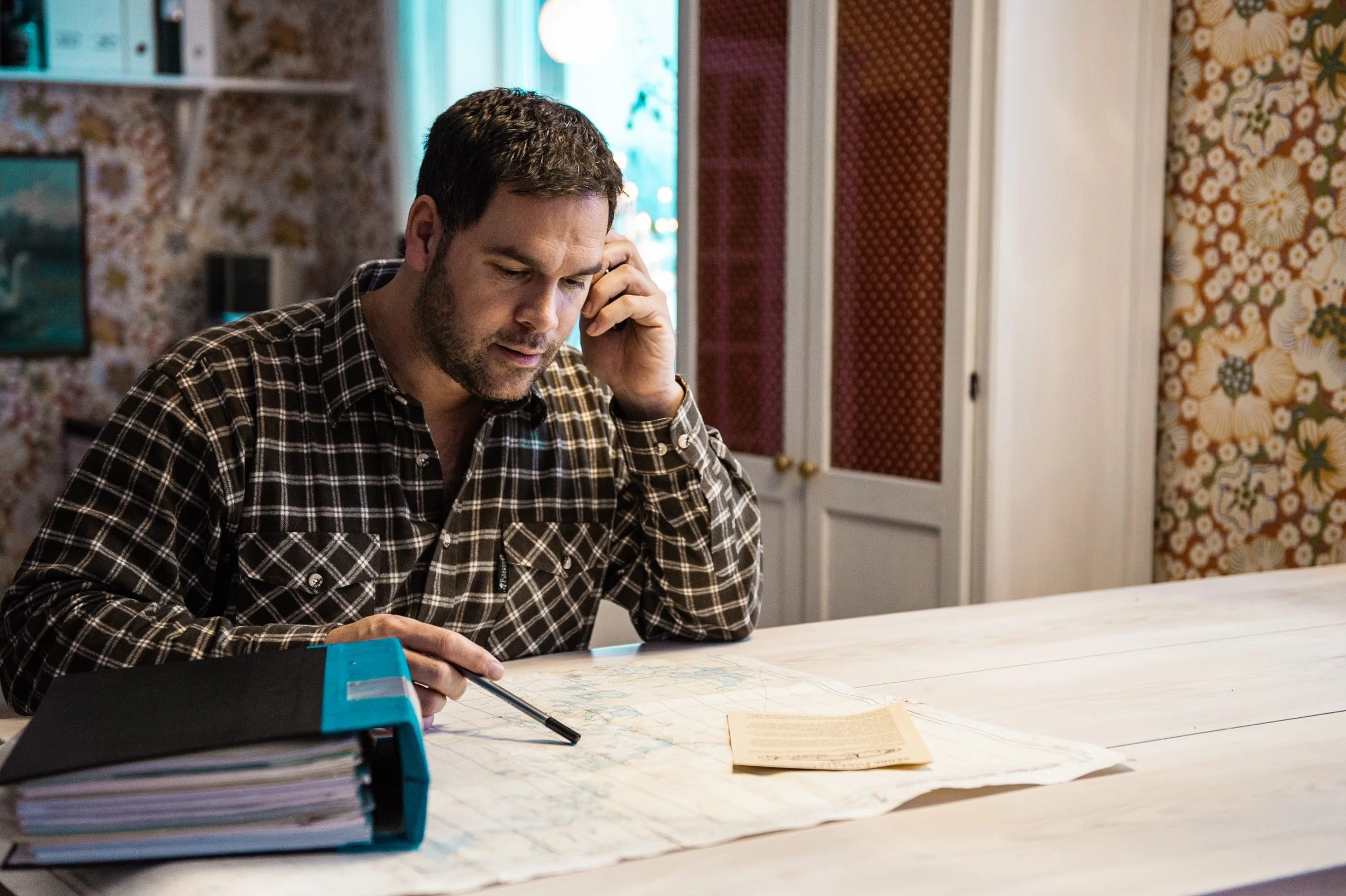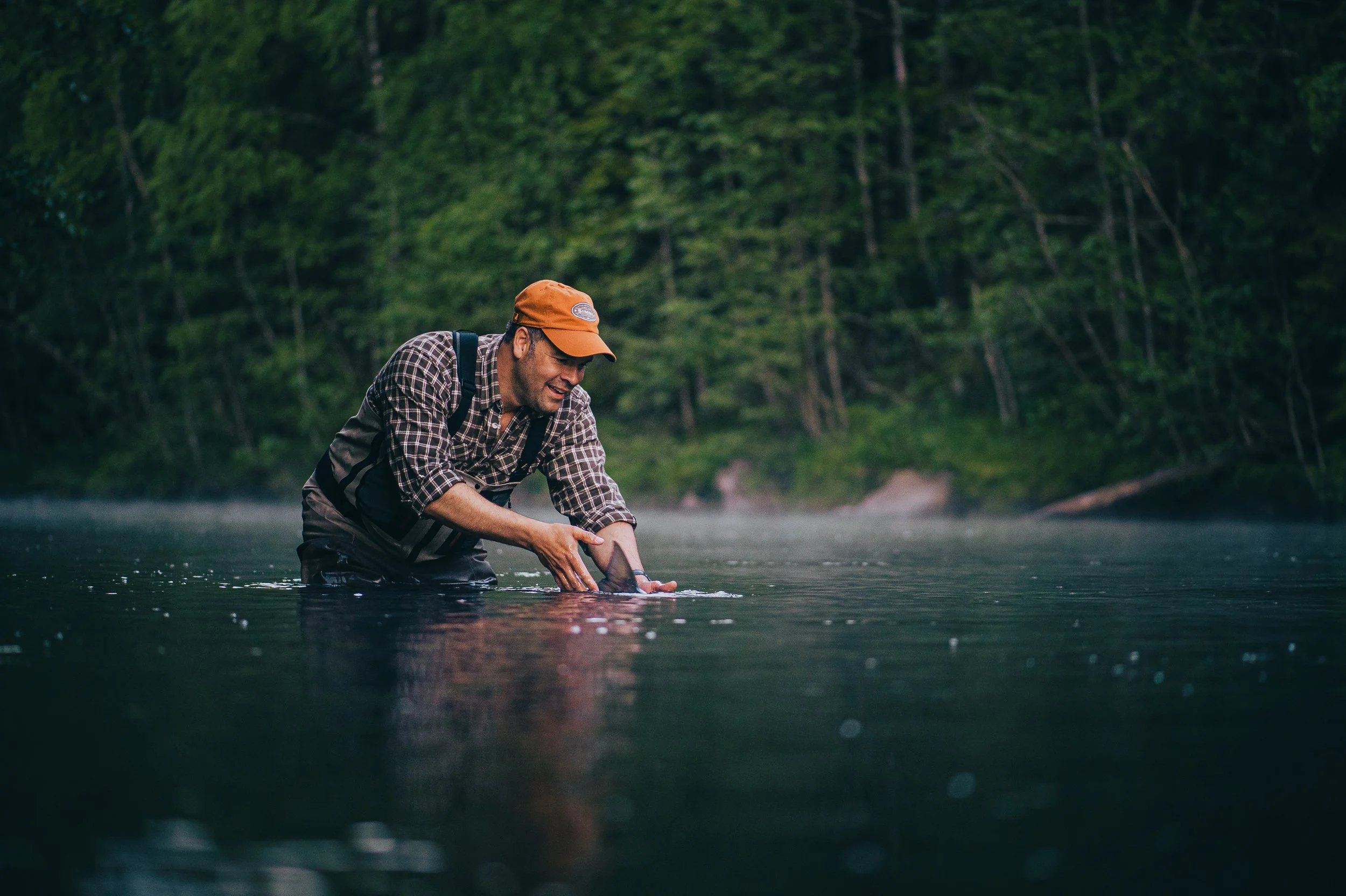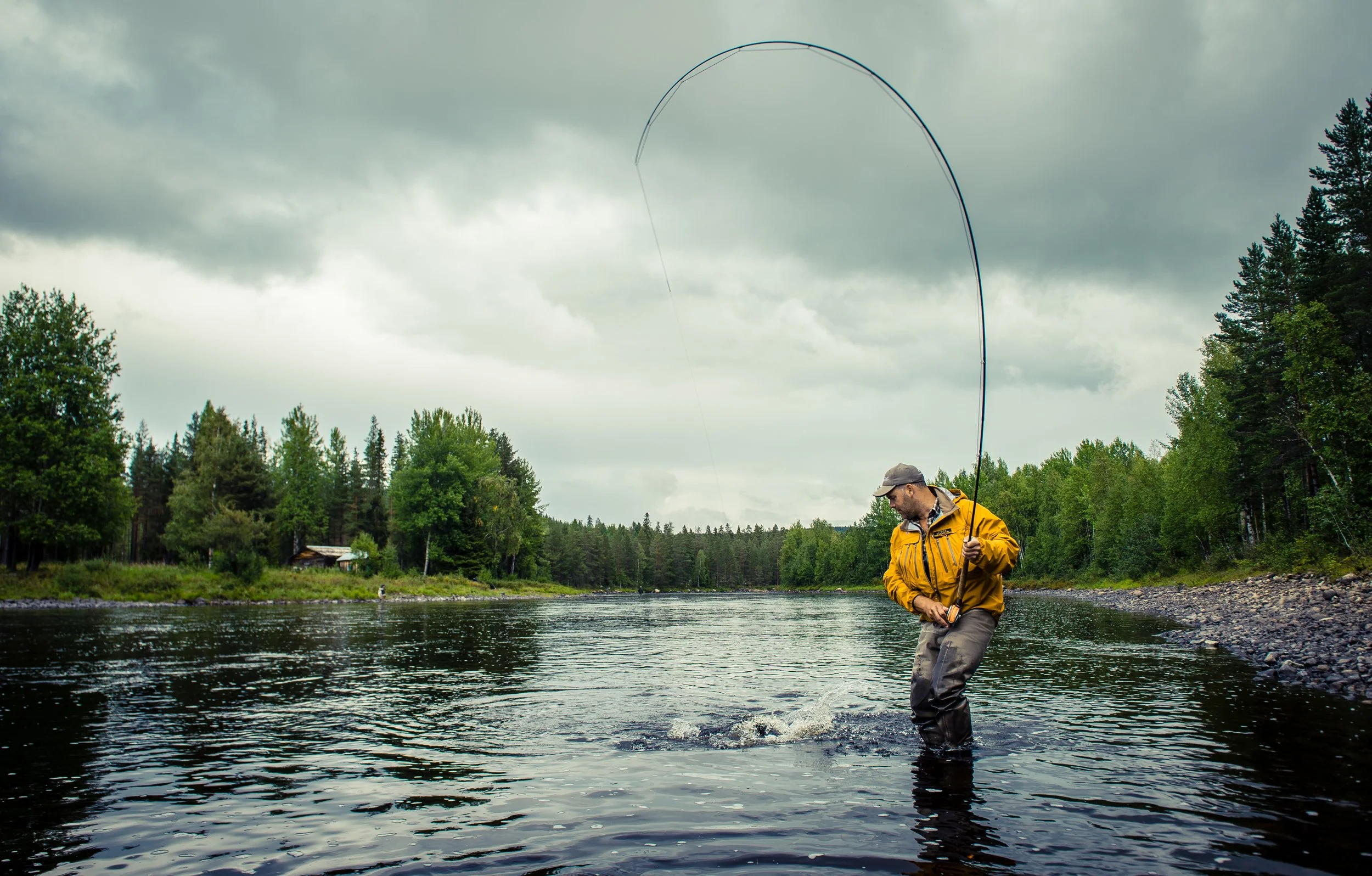Thomas Johansson Interview
This time we tuned in with Thomas Johansson. Give yourself time to read about his work, fishing and the future.
Can you give us a short introduction to yourself?
I was born, raised and live by the Kåge River. One of the 16 wild salmon rivers we have left along the Swedish Baltic coast. I am passionately interested in our fantastic nature and love fishing, especially salmon and trout fishing in our rivers.
I have had the privilege of working with fisheries conservation and restoration and management all my life. I started in 1991 and have been doing it ever since.
I am the chairman of the Baltic Salmon Rivers Association and the secretary general of the Baltic Salmon Fund. I have also been a member of the Kåge River Management Board since the beginning.
When did you start to fish?
I have always fished but when I caught my first slightly larger fish in my home river in mid-June 1983 I was completely sold. At that time, Rainbow trout were released into the river and a fishing premiere was held. After that catch I have never been able to get rid of the longing to fish and the interest in the life and habitats of fish.
Why do you fish?
I was lucky enough to grow up by a fantastically beautiful river right by my house. Being by the river with a rod has always been an adventure and a natural thing for me since I was little.
What is the best thing about your job with the Baltic salmon?
To meet all the committed people we have along our river valleys and together with them the opportunity to influence the management of our stocks, our rivers and seas. We have managed to create opinion about the salmon, the rivers, the fishing and the Baltic Sea. Together we are a force to be reckoned with, a force that can bring about better management of our stocks and ecosystems and that is the best thing about my job.
In the perfect world, with the resources you need, what would you do for the Baltic Salmon?
Over the past two years, catastrophically few salmon have returned to our rivers. Commercial fishing quotas have decreased, but it has never been more important than now to give wild salmon that have survived their stay in the Baltic Sea an opportunity to return to their rivers. Under the current circumstances, we cannot continue commercial fishing for wild salmon. With more money, we could lease and make agreements with commercial fishing to completely protect wild salmon.
The problem for Baltic salmon lies in the sea. Sea survival has decreased drastically in recent years. There are several things that negatively affect salmon, but what we must do immediately is to put an end to large-scale trawl fishing that catches the salmon and trout's food. We also do not know how many salmon are caught in trawl fishing as bycatch. The entire Baltic Sea ecosystem is collapsing. We already went out last summer and demanded a five-year fishing ban in the Baltic Sea to allow stocks to recover. We stand by this.
What can the individual Baltic salmon fisher do to protect the Baltic salmon?
First, become a LaxSkyddare. It only costs 100 kronor and is valid until you cancel it. The more we are, the more power we have to influence.
Get involved if you can in our rivers' management organizations. This is where we can do concrete things to improve our stocks and this is where we can have the opportunity to influence fisheries policy.
What is the potential of the fishing for Baltic salmon?
We humans have destroyed so much, not least when it comes to our flowing waters. There have now been so many good restoration projects in our rivers and tributaries that have created spawning and nursery areas and made old areas that were closed with dams accessible again.
We have enormous potential in our waters. Finnish Luke has made calculations on the Torne River system. We could have 300,000 salmon returning to the river every year! Compare that with the 20 - 25,000 salmon in recent years. The potential is enormous in our rivers and the value for us as fishermen, fishing tourism and us who live and breathe along these rivers would be absolutely enormous if we could only give our stocks and ecosystems a chance to recover.
What is the main problem with the decrease in the numbers of Baltic salmon over the last years?
Unfortunately, there are probably several reasons that work together. An increasingly warm climate is affecting our stocks more than we may have thought. This, together with eutrophication, oxygen-free bottoms, toxins and diseases, are all things that together have a major negative impact on our stocks and all are things that cannot be fixed so easily. Something that most likely has a major impact and that we can do something about immediately is large-scale trawling. We must put a stop to this fishing that is now devastating the entire Baltic Sea.
What kind of fishing is your favorite?
What is your biggest dream regarding fishing?
My biggest dream when it comes to fishing is that we will see the full potential of our rivers. With sustainable management and functioning ecosystems, all our rivers and the Baltic Sea would be full of fish.
Thank you for your time Thomas!
Hope you enjoyed this blog.
Photos: Ted Logart
